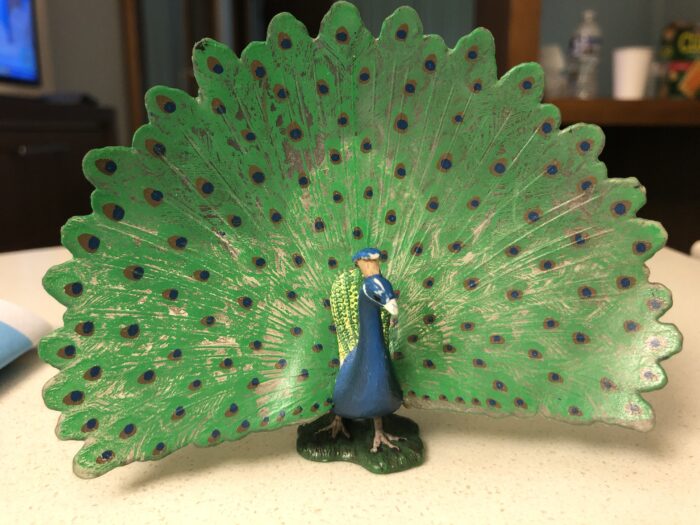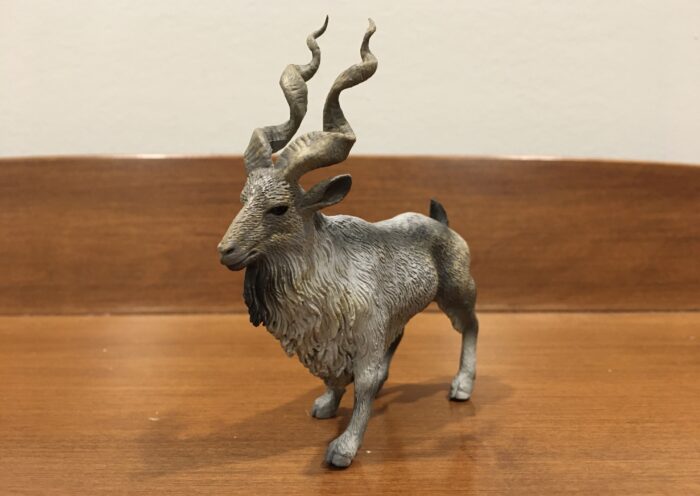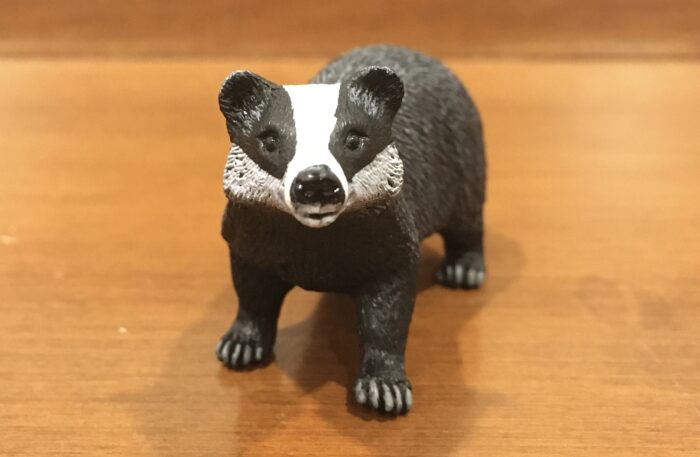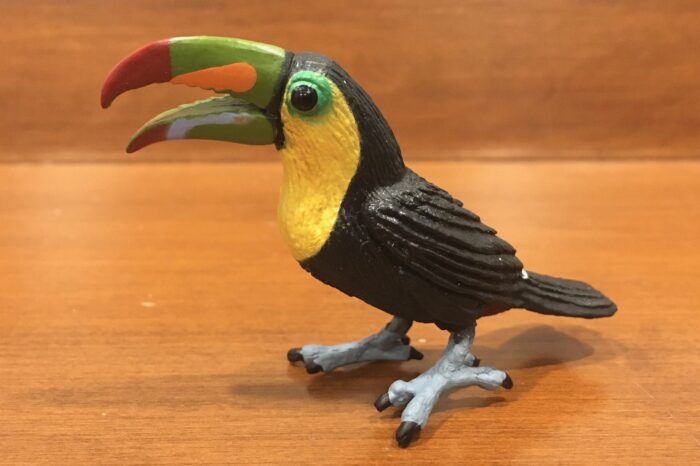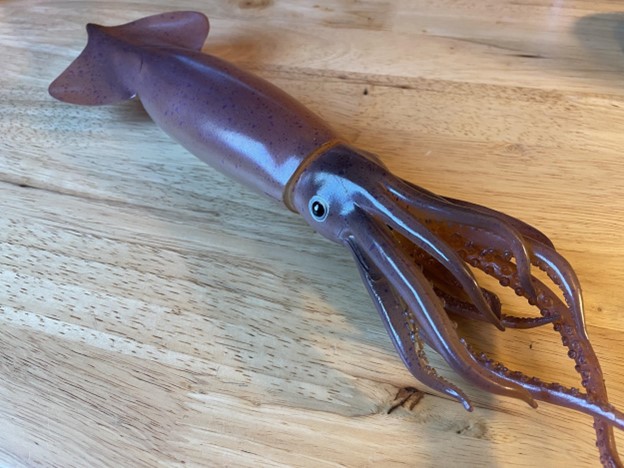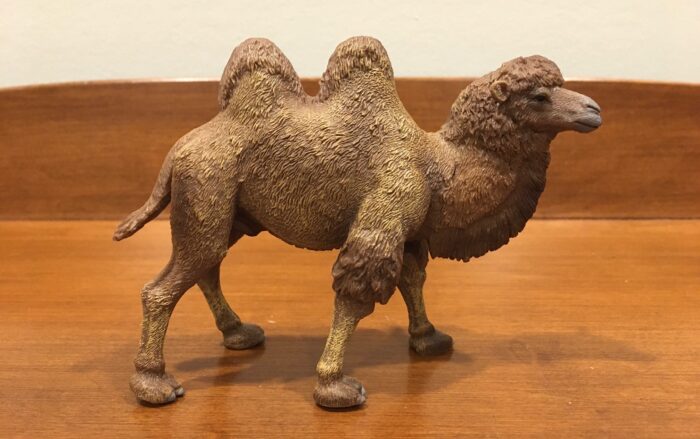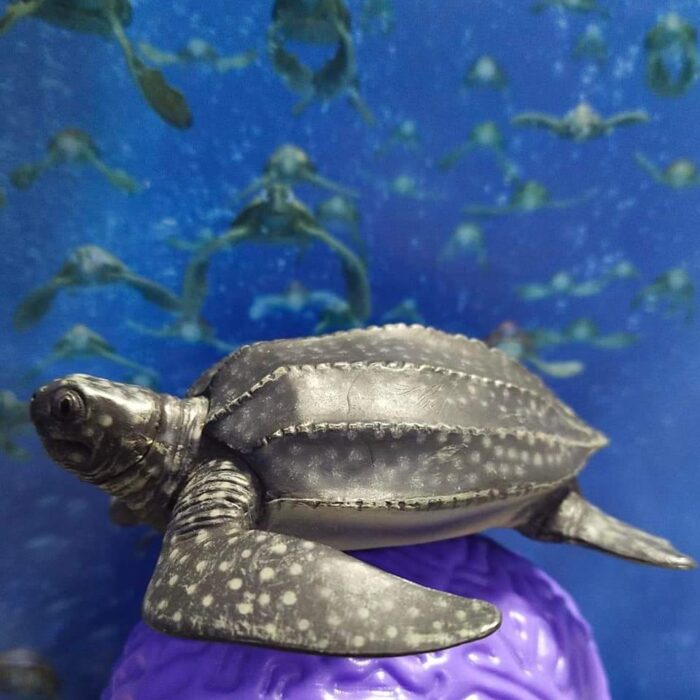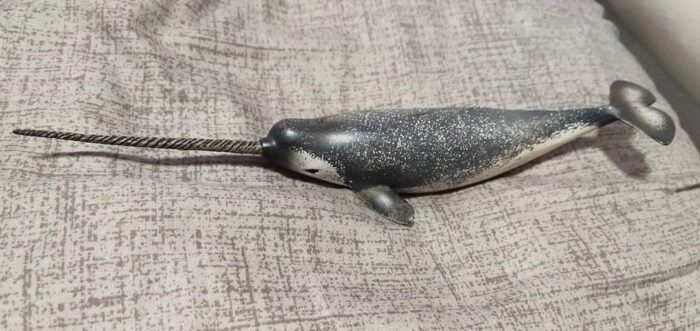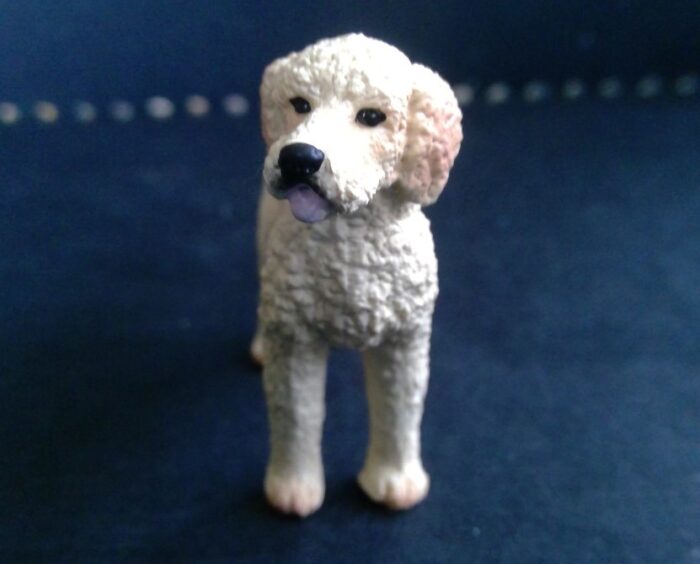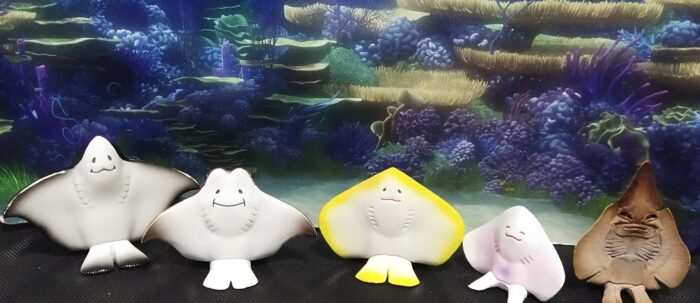Review and images by Sam; edited by bmathison1972
Indian peafowl (Pavo cristatus) are beautiful birds that hail from India, Sri Lanka, and Pakistan. On January 31, 1963, it was declared the national bird of India because of its rich religious and legendary involvement in Indian traditions. The males are known as “peacocks” and the females are known as “peahens.” The peacocks are famous for their eyespot plumage, which they fan out to attract mates.

